Peas /Pisum Sativum/ are a plant of the legume family. Grown as a domestic crop, they are used for food worldwide. From a botanical standpoint, thye pea plant is actually a fruit, but is used in cooking as a vegetable. Normally, the pea is an annual herbaceous plant, but there are dormant forms quite wrongly called winter peas.
History of peas
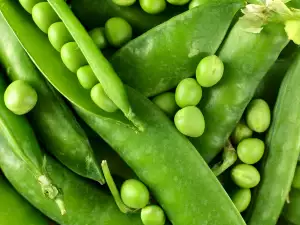
It is believed that peas trace their origins from Central Asia and Europe. In fact, they are even mentioned in the Bible and lauded by the ancient civilizations of Egypt, Greece and Rome.
Green peas were not so popular until the 16th century, when new techniques of cultivation led to the creation of new varieties and people started to consume them fresh. In China, where consumption of peas dates back to 2000 BC, they consume both the grains and pods of this vegetable.
The French King Louis XIV popularized peas in the 17th century, they became a major element of the menu at palace parties. It is assumed that the snow peas were cultivated at this time in the Netherlands. Peas are imported into the United States with the settlement of the first colonists.
In the 19th century, peas play an important role during the first genetic research. Monk and botanist Gregor Mendel used peas in his experiments for breeding plants.
In 1970 crunchy peas were cultivated as a result of a cross between snow peas and garden ones. Today, the largest producers and marketers of fresh peas are the United States, Britain, China, Hungary and India.
Composition of peas
Green peas are a good source of vitamin C, vitamin K, manganese, dietary fiber, folate and thiamin (vitamin B1). They are also a source of vitamin A, phosphorus, vitamin B6, protein, niacin, magnesium, riboflavin (vitamin B2), copper, iron, zinc and potassium.
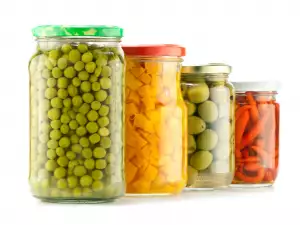
160 g of peas contains 134.4 calories and 8.58 grams of protein. Green peas contain natural substances called purines. Peas contain vitamins with much folic acid.
Types of Peas
There are three known types of peas : garden or green peas, snow / white peas and crispy peas. The green pea has a delightful flavor, great texture and is rich in healthy nutrients.
Peas have rounded pods that are usually slightly curved, with smooth texture and green. Within them are green peas that are sweet and rich in starch. Snow pea pods are flat and more transparent than the garden ones.
The crispy pea is a cross between the garden and the snow types and have a rounded pod with a crunchy texture. The pods of snow peas and crispy ones are edible and have the sweet taste of peas.
Selection and storage of peas
Peas are one of the few members of the family of legumes, which are sold fresh, but this is only about 5% of grown peas, the rest comes frozen or canned. Frozen peas are preferred to canned, as this preserves their taste and is low in sodium.
The garden pea is available from spring to early winter. Snow peas can usually be found year round in Asian shops. Crisp peas are limited, available only from late spring to early summer.
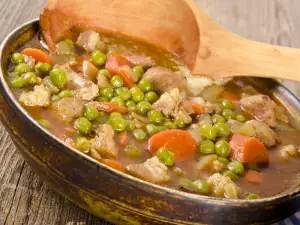
For storage of fresh peas, you need refrigeration to keep the content of sugar, protecting them from turning into starch. Another way is to store peas by blanching for one or two minutes and subsequent freezing.
Peas in cooking
Nowadays, peas are eaten mostly boiled or steamed. In this way, there is a better cell lysis ratio which in turn makes the peas even more delicious.
Fresh peas can be used in a variety of vegetable dishes and salads, is a component of many dishes with meat, in soups, stews and casseroles, dishes in the oven.
Peas are the first vegetable that starts being canned. Besides canned, you may freeze them. They emphasize the taste of dishes with meat and potatoes. Peas are added to many Chinese stir-fry dishes - such as rice.
Benefits of peas
Green peas provide nutrients that are important for maintaining bone health. It is a source of vitamin K, which in parts of our body becomes K2, which activates Osteocalcin, the major protein in bones, which lowers calcium molecules inside the bone.

Green peas also serve as a very good source of folic acid and vitamin B6. They help to reduce the increased metabolic byproduct called homocysteine, which can prevent the cross-linking of collagen, which leads to poor bone matrix and osteoporosis.
Folic acid and vitamin B6 in green peas are supportive of cardiovascular function. Vitamin K found in green peas does is a tool to help blood clotting.
Green peas are one of the foods that should be included in the diet of someone, if they often feel tired. This is because it provides nutrients that support energy-producing cells and body systems.
Green peas are also a good source of thiamine, vitamin B1, vitamin B6, riboflavin-vitamin B2 and niacin-vitamin B3, each containing substances necessary for carbohydrate, protein and lipid metabolism.
Green peas also contain iron and minerals necessary for normal formation of blood cells whose deficiency leads to anemia, fatigue and decreased immunity. In addition, green peas are also a very good source of vitamin C, which protects the energy-producing cells and systems in the body from free radicals and prevent cancer.
Dangers of peas
Problems with peas may be seen in people who suffer from allergies to legumes and gastrointestinal diseases requiring reduced intake of dietary fiber. People who have kidney problems or gout should limit or avoid taking food containing purines.
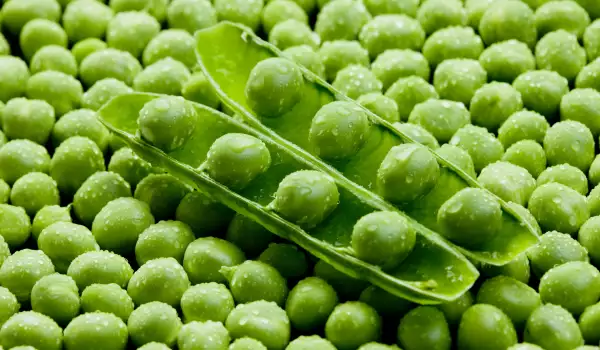

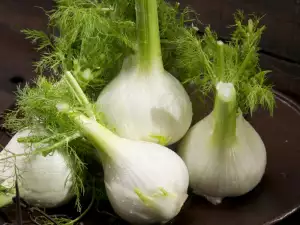
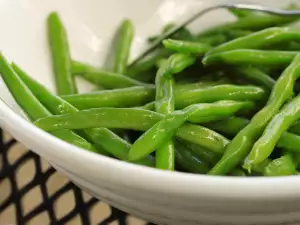
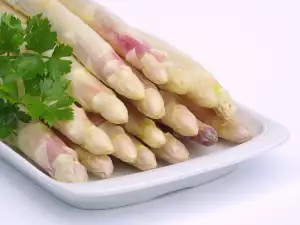

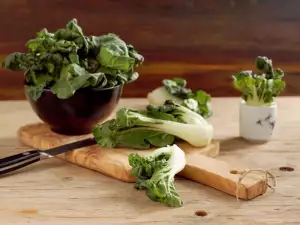
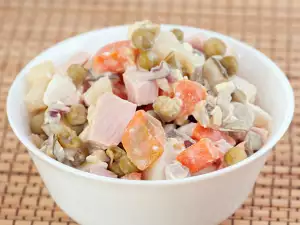
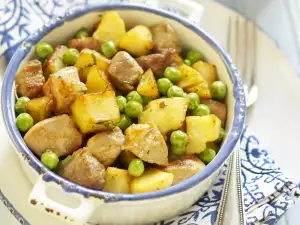
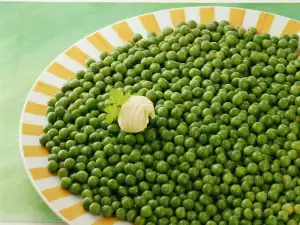
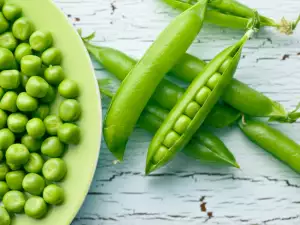

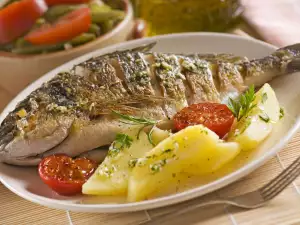





Comments